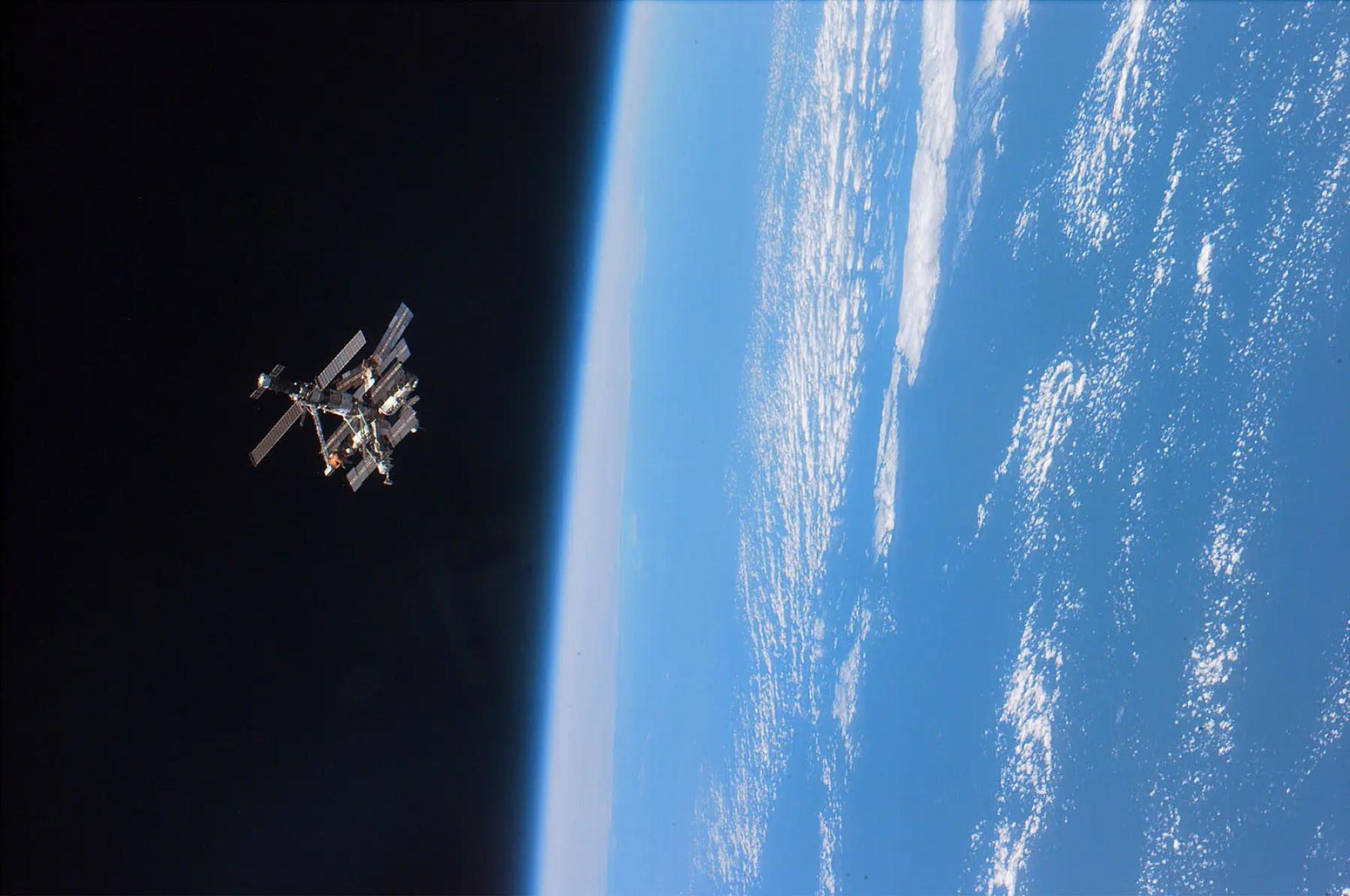Related Stories
The possibility of life on other planets is more likely than we know
Key Excerpts from Article on Website of New York Post

Posted: September 15th, 2024
https://nypost.com/2024/08/17/opinion/life-on-other-planets-...
As the chief scientist of the SETI Institute in Mountain View, Calif. — the world’s leading center for the search for extraterrestrial intelligence — I am convinced that finding life beyond Earth is not a matter of if but a matter of when. As recently as May of this year, scientists discovered a new potentially habitable planet, Gliese 12 b, just 40 light years away. This Earth-sized exoplanet, identified using NASA’s TESS satellite system, orbits a cool red dwarf star and shares intriguing similarities with Venus. Nearly 200 hundred types of prebiotic organic molecules have been detected over decades of astronomical observation in interstellar clouds near the center of our galaxy. They include the kinds of molecules that could play a role in forming amino acids — those building blocks of life. The sheer number of potential alien worlds adds to the probability that life could be abundant in the universe. Tens of billions of Earth-sized planets could be located in the habitable zone of sun-like stars in our galaxy alone. Because the probability distribution in nature predicts more puddles than large lakes ... the universe is likely teeming with planets harboring that simple life. Even if only one in a billion of those planets has developed life that’s made it to higher levels of complexity and intelligence, nearly a dozen advanced civilizations could populate our entire galaxy. Even if it were only one per 100 galaxies, there could still be billions of them throughout the cosmos.
Note: For more along these lines, see concise summaries of deeply revealing news articles on UFOs from reliable major media sources. Then explore the excellent, reliable resources provided in our UFO Information Center.
Related Stories
Latest News
Key News Articles from Years Past

























































































